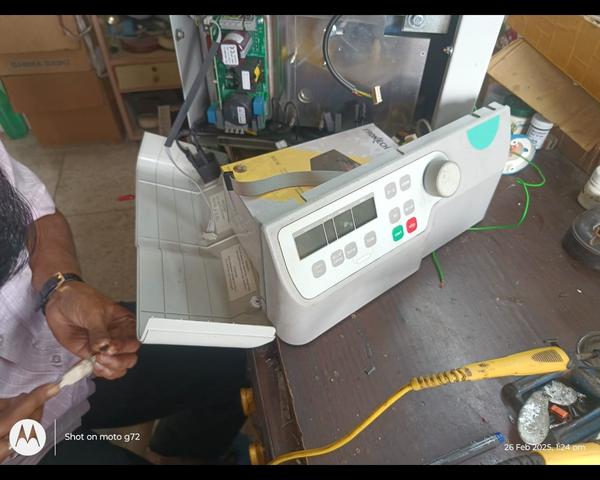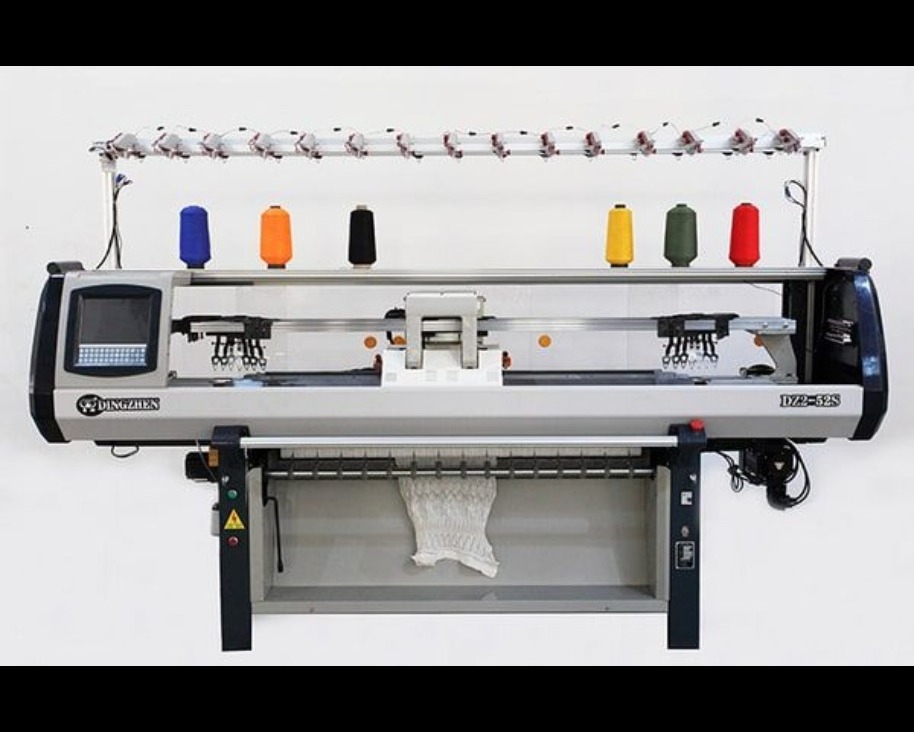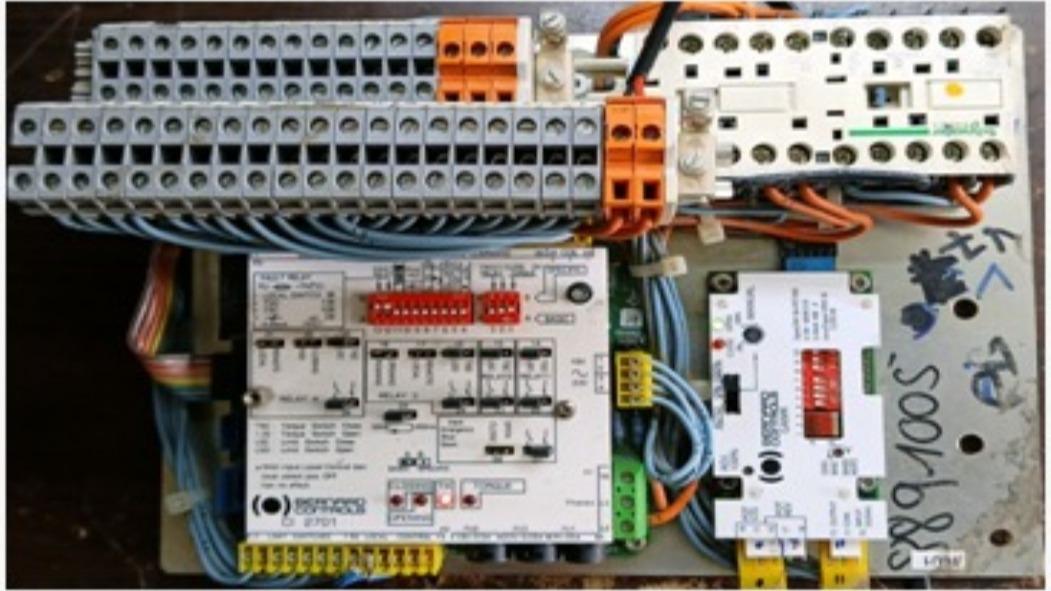
Industrial Knitting Machine repair service at (chip-level) in In...

Industrial knitting machines are complex, automated systems that rely heavily on electronic control units (ECUs), embedded systems, and microcontroller-based circuits to perform precise textile operations. Over time, these machines may develop faults not only in mechanical parts but also in their electronic circuitry. Chip-level repair focuses on diagnosing and fixing faults directly on the circuit boards, rather than replacing entire electronic modules. Chip-Level Repair in Industrial Knitting Machines: Scope of Service: Diagnosis and repair of PCBs (Printed Circuit Boards) used in control panels. Replacement or reprogramming of microcontrollers, EEPROMs, and ICs. Tracing and repairing broken circuits, dry solder joints, or damaged tracks. Repair or replacement of damaged passive and active components (capacitors, resistors, transistors, etc.). Advantages: Cost-Effective: Cheaper than replacing entire control boards or systems. Sustainability: Reduces electronic waste by repairing instead of discarding. Quick Turnaround: Minimizes machine downtime, which is crucial in textile production. Requirements: Skilled technicians with knowledge in electronics, microcontroller systems, and signal tracing. Access to circuit diagrams (if available), diagnostic tools like oscilloscopes, logic analyzers, and hot air rework stations. Common Issues Repaired: Dead or unresponsive control panels. Display module failures. Input/output signal faults affecting sensors or actuators. Conclusion: Chip-level repair services for industrial knitting machines are essential for maintaining operational efficiency in textile manufacturing environments. They require a blend of electronic engineering expertise and domain-specific knowledge of knitting machine systems. By focusing on the root cause of electronic failures, chip-level repairs extend machine life and reduce maintenance costs.
Subscribe for latest offers & updates
We hate spam too.


